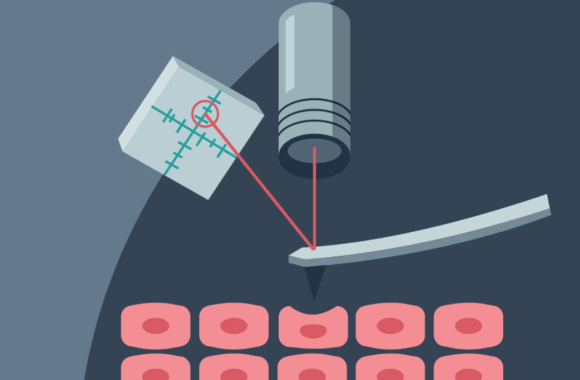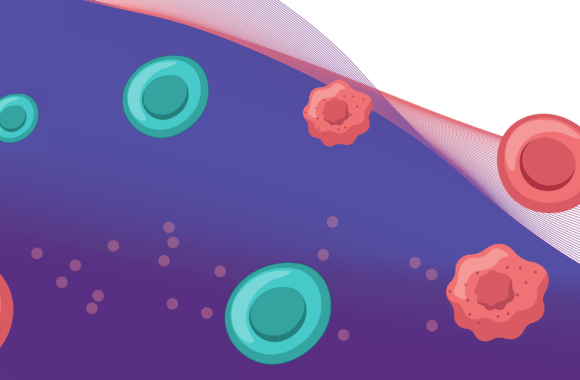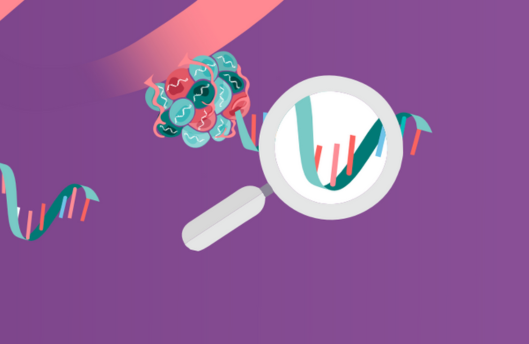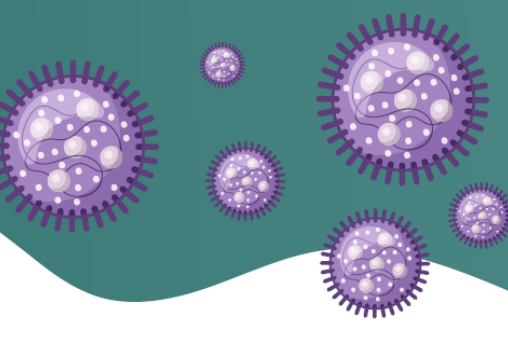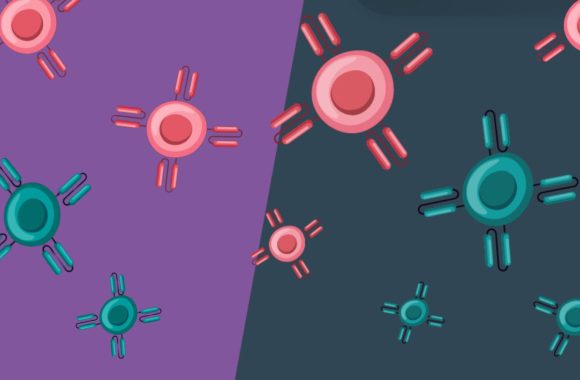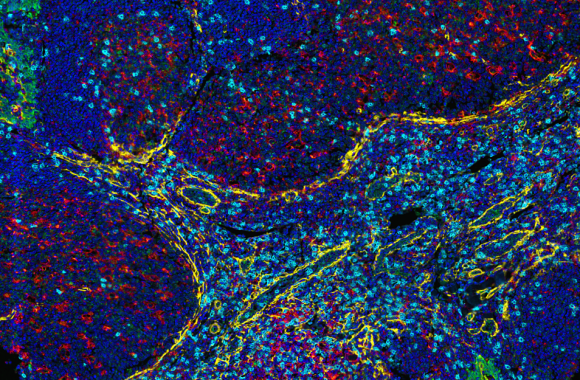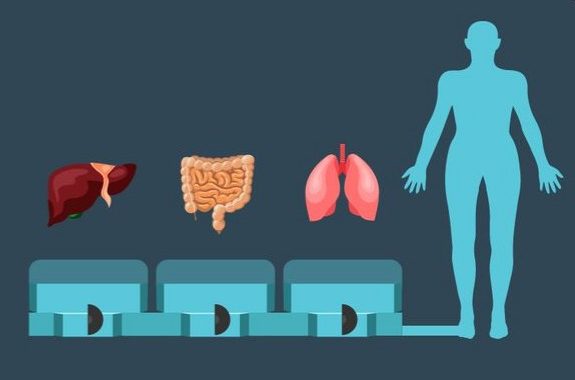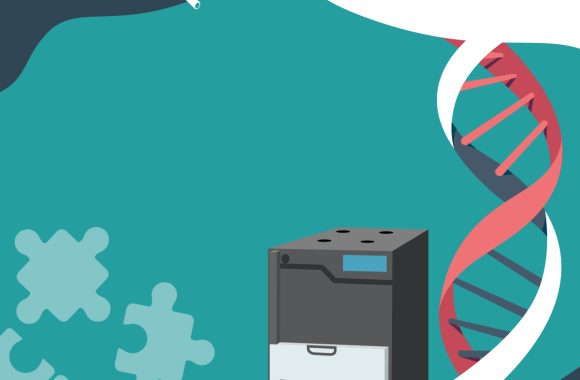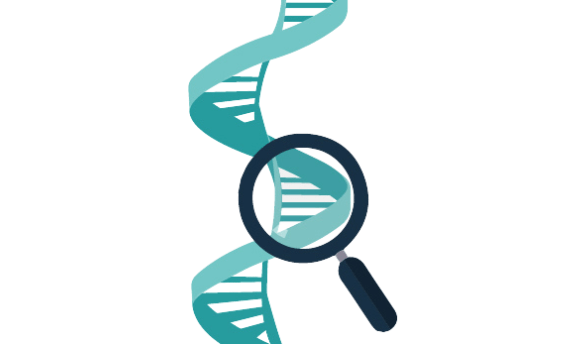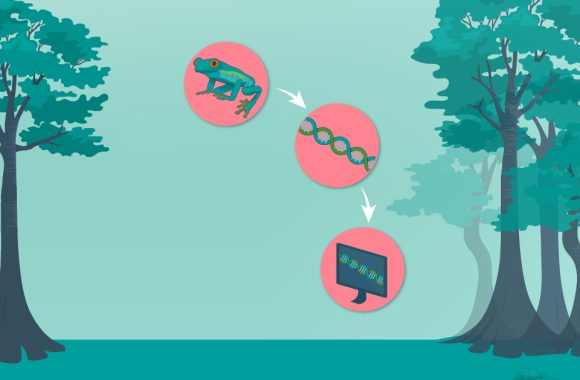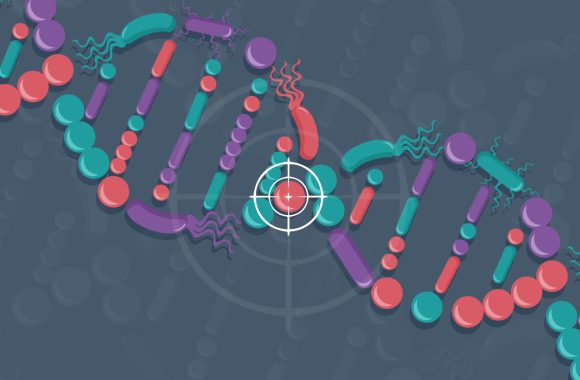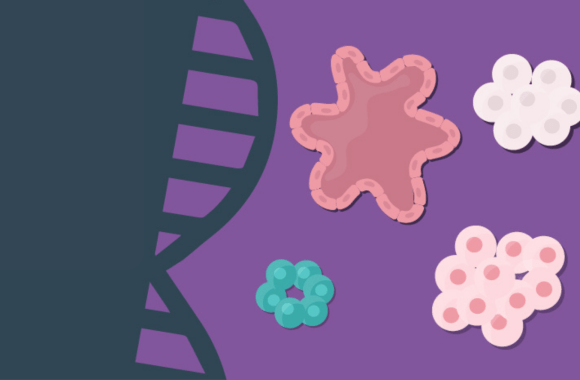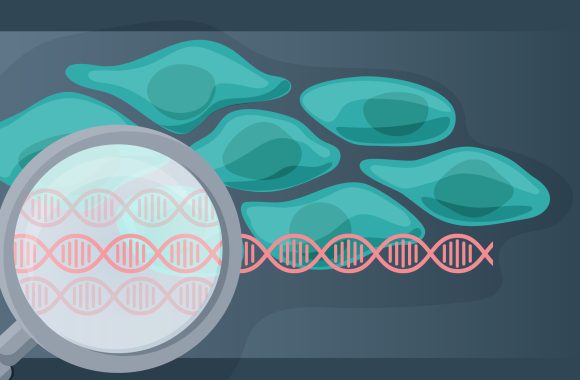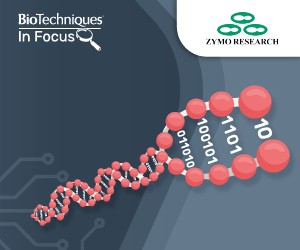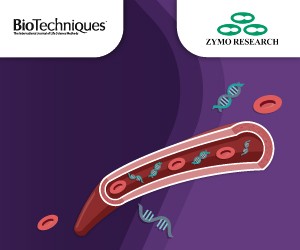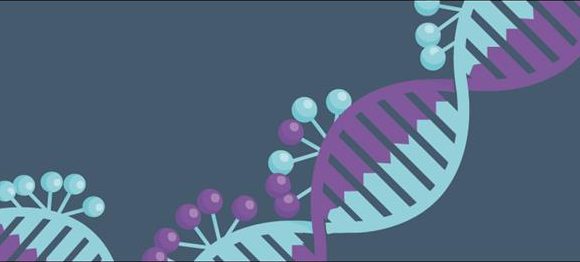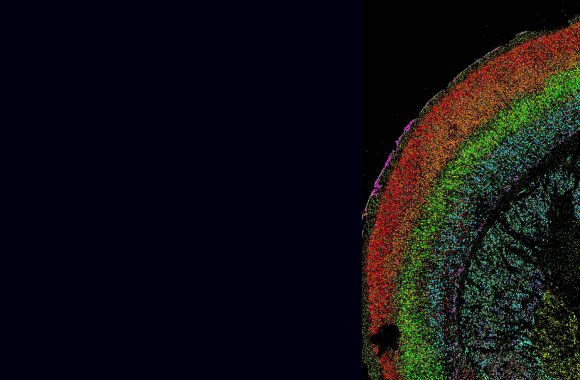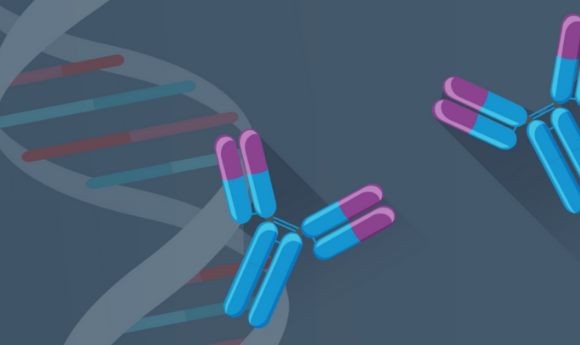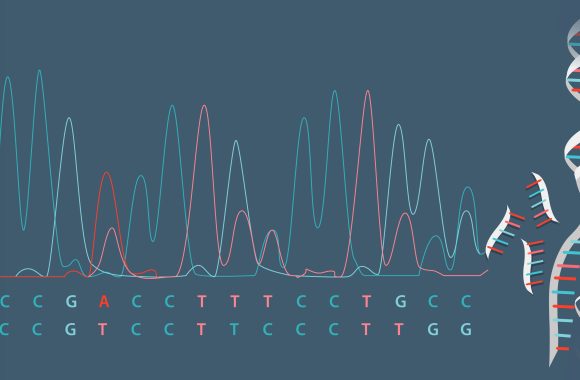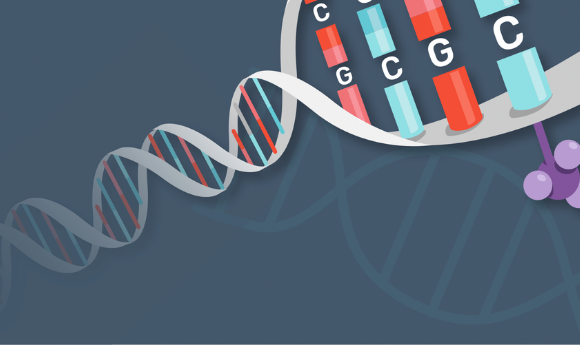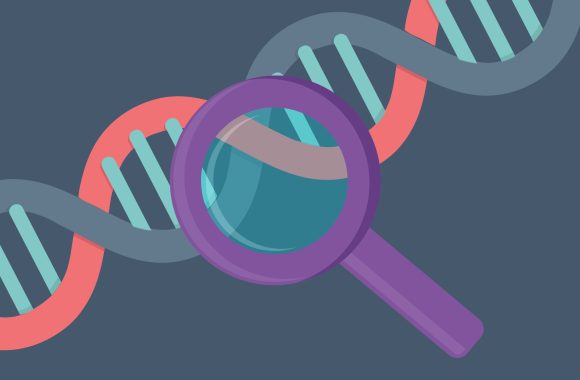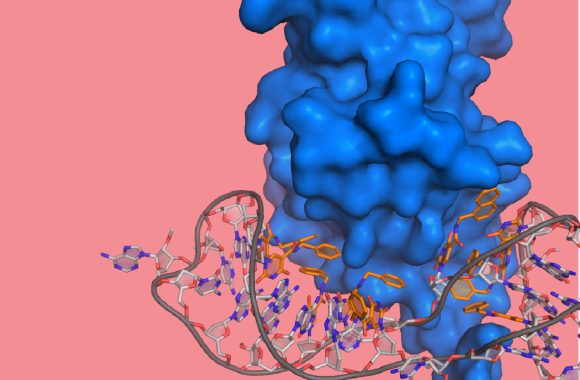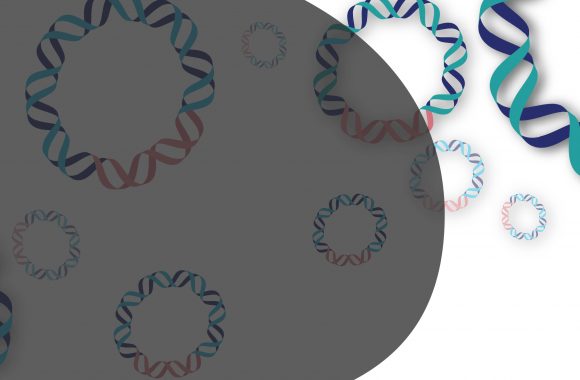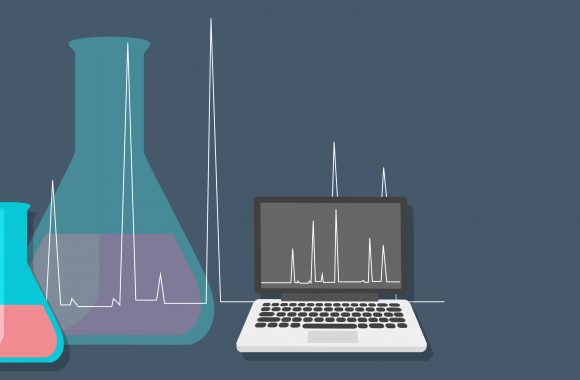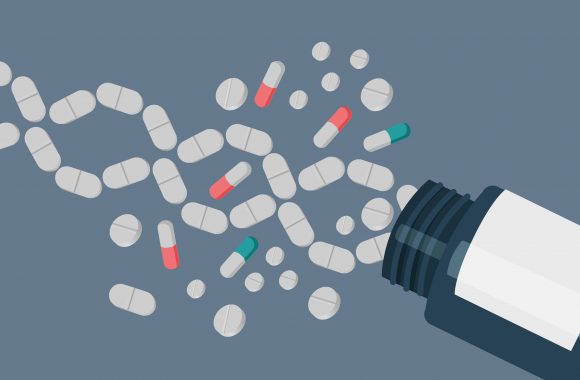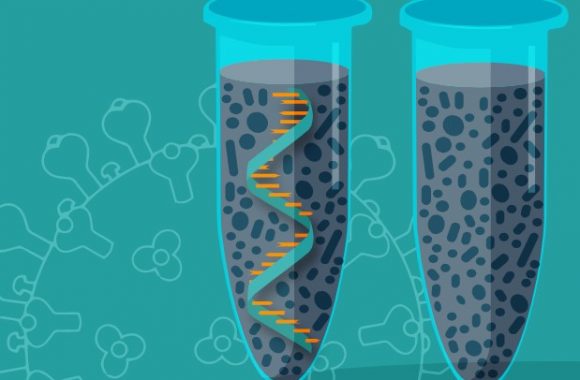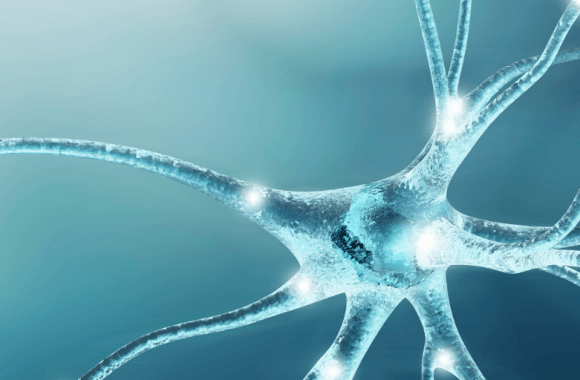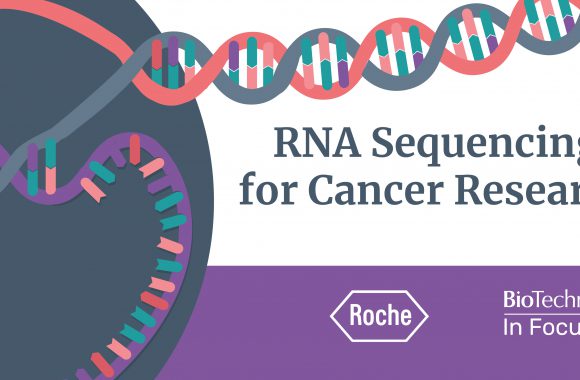In Focus
New approach methodologies
New approach methodologies (NAMs) are rapidly being adopted in the early stages of therapeutics development because they offer researchers more human-relevant models. NAMs encompass a ...
Read moreAtomic force microscopy
Atomic force microscopy (AFM) is a high-resolution imaging technique that generates 3D images of sample surfaces and characterizes their nanomechanical properties. AFM can be used for ...
Read moreAutoimmune disease research solutions
Autoimmune diseases are a group of disorders that cause the immune system to mistakenly attack healthy cells, tissue or organs. This immune dysfunction can lead to inflammation, tissue ...
Read moreOrgan-on-a-chip technology for drug development
Drug development is a notoriously slow, complex and costly process, with over 90% of drug candidates failing before reaching the market. A major cause of this inefficiency is the ...
Read moreMetabolite monitoring in cell culture
Cellular metabolism is a powerful indicator of cell activation, differentiation, growth, cell death and disease progression. Therefore, metabolite monitoring offers a way for ...
Read moreDNA and mRNA transfection in the modern lab
If you work in a lab, whether you are researching the cutting edge of cell and gene therapy development or running a simple molecular binding screen, the chances are you have done some ...
Read moreCytokines in immunotherapy
Cytokines are a large group of bioactive small molecule proteins synthesized and secreted by immune and non-immune cells. There are various types of cytokines that belong to different ...
Read moreEpitope binning
Therapeutic monoclonal antibody development is growing significantly in the biopharmaceutical industry. However, for monoclonal antibodies to play a beneficial role in developing new ...
Read moreOrganoids for cancer research
In the last decade, organoid technology has transitioned from an exciting prospect in basic research to a paradigm-shifting phenomenon that has shaped policy and changed the face of ...
Read moreSingle-cell spatial proteomics
Single-cell and spatial techniques have evolved in leaps and bounds over the last decade, spreading from genomics into each omic realm. The latest developments for spatial techniques in ...
Read moreNext-generation antibody therapeutics
The success of monoclonal antibodies as therapeutic modalities and improvements in antibody engineering technology have led to the further development of antibodies over the last few ...
Read morePathogen surveillance with nanopore sequencing
Pathogen surveillance is the process of constantly monitoring pathogens and analyzing their genetic material. By analyzing the genetic makeup of pathogens, scientists can track their ...
Read moreCharacterizing organoids
Our understanding of human health and disease has advanced in recent years, in part due to ground-breaking work using in vitro 3D cell culture models, such as single and multicellular ...
Read moreSingle-cell analysis with nanopore sequencing
The study of genomic and transcriptomic information at the single-cell level has provided novel insights into various research areas, particularly cancer research. Traditional ...
Read moreSurface plasmon resonance
Surface plasmon resonance (SPR) technology has become an essential tool for researchers in drug discovery, protein engineering and beyond. By monitoring the real-time shift in ...
Read moreMycoplasma contamination in the lab
Mycoplasmas are a genus of bacteria that can contaminate cell cultures when preventative measures are not taken. They are antibiotic resistant and can penetrate sterilizing-grade ...
Read moreiPSCs for cell and gene therapies
Since Shinya Yamanaka (Kyoto University, Japan) detailed the process through which somatic cells can be reprogrammed to a pluripotent stem-cell state, the applications of these induced ...
Read morePreparing 3D cell cultures
Our understanding of the development of organs, the pathogenesis and progression of diseases and the impact of therapeutics on tissues has advanced in recent years with the help of in ...
Read moreCAR-T and CAR-NK cell therapies
Chimeric antigen receptors (CARs) are modular synthetic molecules that redirect immune cell cytotoxicity toward tumor cells expressing a specific antigen. In this In Focus, sponsored by ...
Read moreMultiplex immunofluorescence for cancer research
As our attempts to develop more targeted and effective drugs continue, the need to better understand the protective and confounding effect of the tumor microenvironment grows. The study ...
Read moreIntegrating organ-on-a-chip
Organ-on-a-chip (OOC) technologies, also known as microphysiological systems (MPS), allow researchers to culture physiologically relevant combinations of primary human cells together in ...
Read moreLong-read sequencing for metagenomics
As the field of microbiomics grows, the approaches with which to investigate these communities are expanding. One example of this is the trend away from the individual analysis of ...
Read moreGene expression analysis
Gene expression analysis is used to measure mRNA expression for particular genes of interest either within the same sample or between samples. It provides an insight into how different ...
Read moreAutomation
Automation has become more common in labs across the world, thanks to technological developments seen in recent decades. Automation can be beneficial for various reasons, including ...
Read moreSequencing for conservation
Currently, more than 42,000 species of animals, plants and fungi around the world are threatened with extinction. These species need intensive conservation efforts to prevent their ...
Read moreCell-line development
Cell-line development (CLD) is an important step in the production of biopharmaceuticals for the treatment of different diseases. At this stage in the process, the cell line and clone ...
Read moreMultiplex PCR
PCR is a well-established technique, and over the past decade, it has been adapted to quantify RNA and DNA quicker and more accurately. Multiplex PCR technologies have been developed to ...
Read moreMicrobiome profiling
The rise of microbiome research has been well documented and the range of fields impacted by this growing field of study spans from agricultural sciences and mental health. As the ...
Read moreThe development of organoids
Developments in biological research have made it possible to create the physiology and architecture of human organs in extraordinary detail in the form of organoids. Organoids are ...
Read moreSingle domain antibodies
Single domain antibodies (sdAbs), also known as VHH antibodies or nanobodies™, are small antigen-binding fragments derived from camelids that have a single monomeric variable antibody ...
Read moreComprehensive genomic profiling
In cancer research, investigations into the genomic profiles of tumors have enabled clinical labs to identify mutations driving cancers. As technology advances and methods improve, we ...
Read moreApplied 3D cell cultures
3D cell cultures better simulate the conditions within a living organism and are playing a vital role in reducing our use of animal models; this initiative has gained significant ...
Read moreHPV, epigenetics and cancer
In many regions of the world, HPV and its association with cervical cancer is a well-known but rarely considered issue, especially after the rollout of the HPV vaccine in the late ...
Read moreBioinformatics workflows
The declining cost and increasing accessibility of next-generation sequencing (NGS) have led to the permeation of these techniques throughout the life sciences. The sequencing data ...
Read moreCell-free nucleic acids
In any human’s bodily fluids, including blood, urine, saliva or feces, there are small segments of DNA and RNA present independent of cells. These cell-free nucleic acids (cfNAs) ...
Read moreModeling disease: organ-on-a-chip technologies
Non-alcoholic steatohepatitis (NASH) is an aggressive type of fatty liver disease that is linked to metabolic disorders such as obesity and diabetes. NASH incidence is rising rapidly ...
Read moreMicrobiome data
The gut microbiome plays a critical role in human health. To better understand this role, thousands of fecal samples are sequenced every month by labs across the globe, and along with ...
Read moreEpigenetics and Aging
The average age of populations around the world is on the rise. While this reflects the tremendous strides that humanity has taken in the health sciences, it leads to a new crop of ...
Read moreSingle-cell sequencing
The advent of single-cell sequencing has revolutionized the genomics and transcriptomics space, allowing researchers to delve deeper into cell properties like gene expression than ...
Read moreSpatial biology
Since the completion of the Human Genome Project, the development and advancement of sequence analysis techniques have been staggering. Acceleration in sequencing times, the rapid ...
Read moreDetecting cell proliferation
Cell proliferation is the rapid expansion of a cell population due to growth and division. Accurate measurement of proliferation is crucial in the measurement of cell health. It can be ...
Read moreSanger sequencing
Sanger sequencing has been the powerhouse of DNA sequencing since it was invented by Frederick Sanger in 1977, a creation for which he won his second Nobel Prize in Chemistry in 1980. ...
Read moreHuman whole-genome sequencing
The rise of whole-genome sequencing over the last decade, and its subsequent increase in prevalence throughout basic and clinical research, has been well documented. Frequently, the ...
Read moreNeuroscience
One of the key research challenges in neuroscience involves study of the blood-brain barrier and discovery of its role in the pathology of diseases of the central nervous system (CNS). ...
Read moreIntroducing NGS primer extension target enrichment
Next-generation sequencing (NGS) revolutionized the life sciences and has given rise to fields such as clinical sequencing, advanced our understanding of genome-typing and gene ...
Read moreAdvanced proteomic analysis
The impressive speed of development in the realm of genomic techniques has dramatically expanded our understanding of disease risk and highlighted key indications for the biology behind ...
Read moreThe evolution of PCR
qPCR is a well-established and relatively straight-forward diagnostic method that, as the most accurate method of testing available, has been used extensively during the course of the ...
Read moreWestern blotting
Western blotting forms the bedrock of many protein studies, with the technique cited in 9% of all protein related papers. The technique had its 40th birthday in 2019, an event that was ...
Read moreDeveloping molecular therapeutics
Molecular-based therapeutics are growing in prevalence due to the advantages that they present, for instance, the longer lasting, more targeted impact of their activity. In the ...
Read moreAdvances in HPLC
High-performance liquid chromatography (HPLC) is a popular and well-established technique that is used to separate, identify and quantify each component in a sample. The technique has ...
Read moreInfectious disease sample collection
Infectious disease research is an essential component of human society that has been thrown into the spotlight by the COVID-19 pandemic. This research is enabled by a diverse array of ...
Read moreRealizing precision medicine with whole-genome sequencing
When techniques for whole-genome sequencing (WGS) first gained prominence, they revitalized the field of genomics, launching global efforts such as the 100,000 Genomes Project and ...
Read moreEnvironmental sequencing for COVID-19
During the COVID-19 pandemic, sequencing has been used extensively to study the genome of the virus, trace the origins of infections and examine the alterations in novel variants. One ...
Read moreReproducibility in microbiomics
The field of microbiomics has expanded rapidly over the past decade, making its way into studies of human health, disease, the environment, agriculture, and many others. Worldwide ...
Read moreCOVID-19 diagnostics
As we begin 2021, vaccines providing immunity to COVID-19 are beginning to be rolled out and it feels as though hope is on the horizon. However, vaccine programs will take time to ...
Read moreReproducibility
Reproducibility is a topic that has been much discussed, debated and repeated over the last decade as the scale of the ‘reproducibility crisis’ has become apparent. In recent years, ...
Read moreNeuroscience
This In Focus will bring to light the science behind imaging the brain, both in patient neuroimaging and brain tissue samples. Focusing on both ends of the spectrum, we will discuss the ...
Read moreRNA Sequencing for Cancer Research
The capabilities of RNA sequencing, such as the insight into global transcriptional events, coding mRNA transcripts and RNA species profiles, have allowed RNA Sequencing to grow into a ...
Read moreDNA Sequencing
DNA sequencing has developed in leaps and bounds since the completion of the Human Genome Project in 2003. This In Focus feature will include: hot tips for next-generation sequencing ...
Read more
